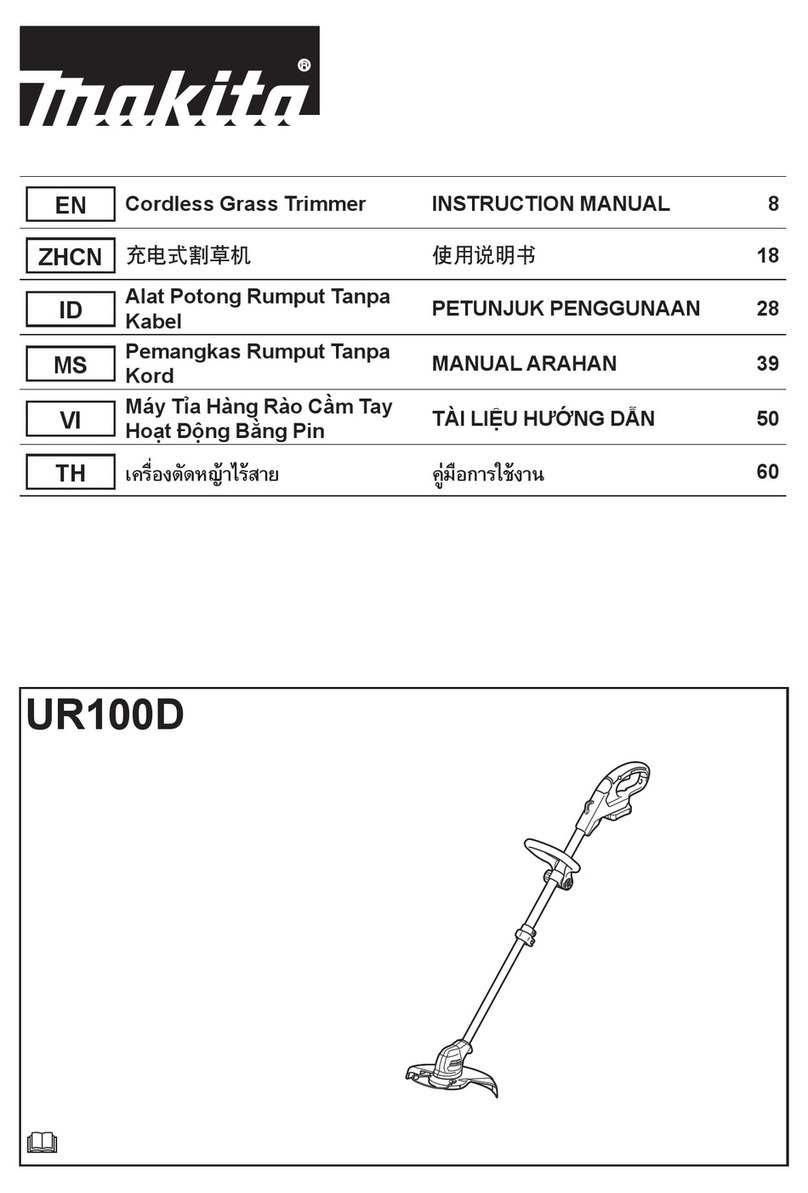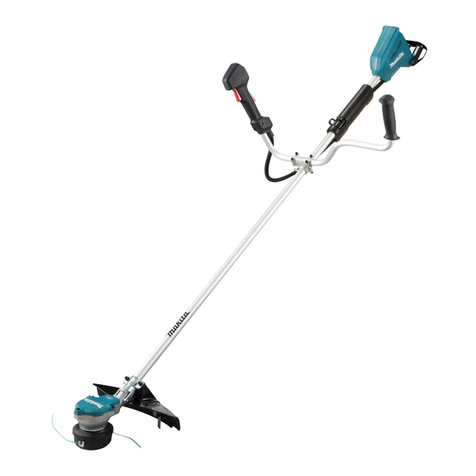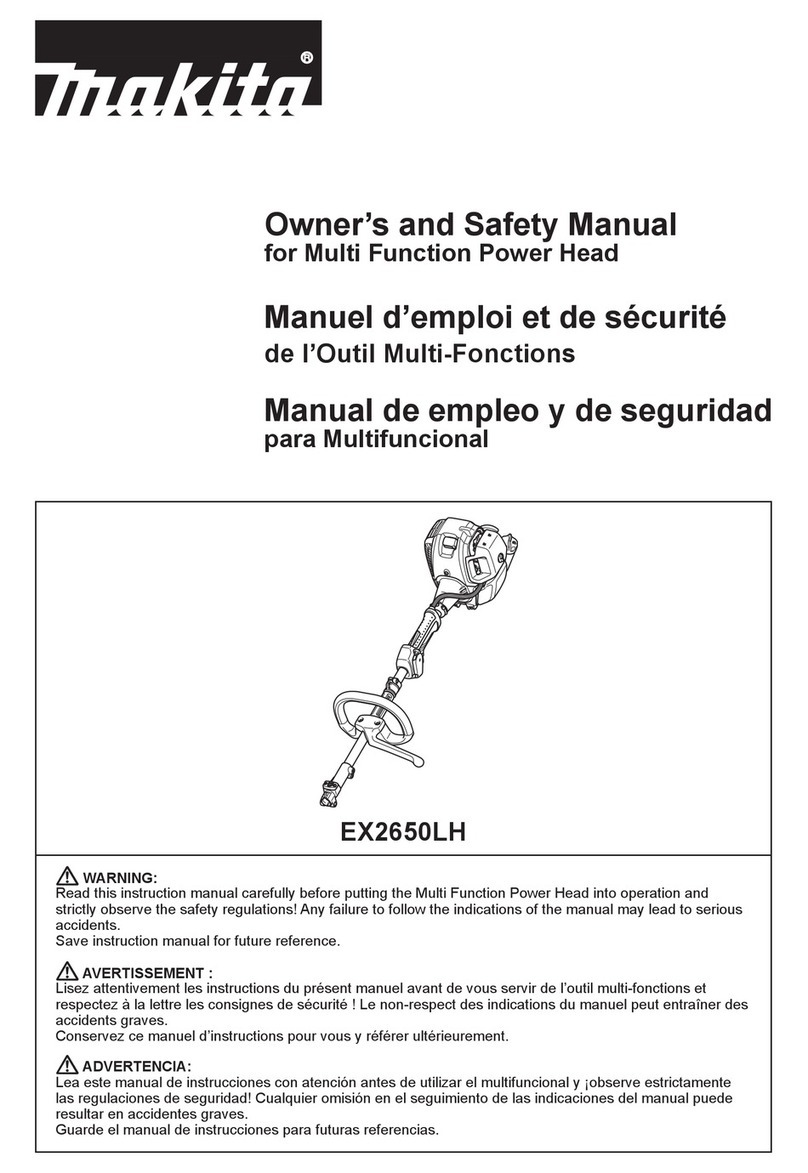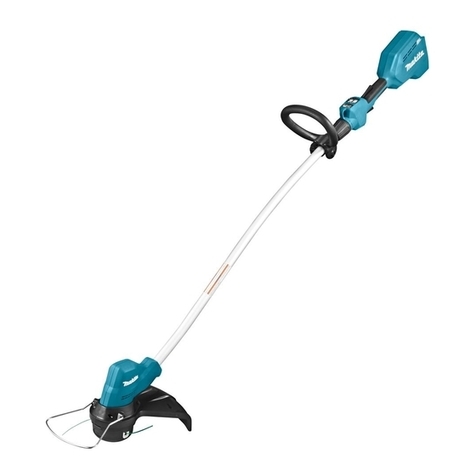Makita DRT50 User manual
Other Makita Trimmer manuals

Makita
Makita EM4350RH User manual
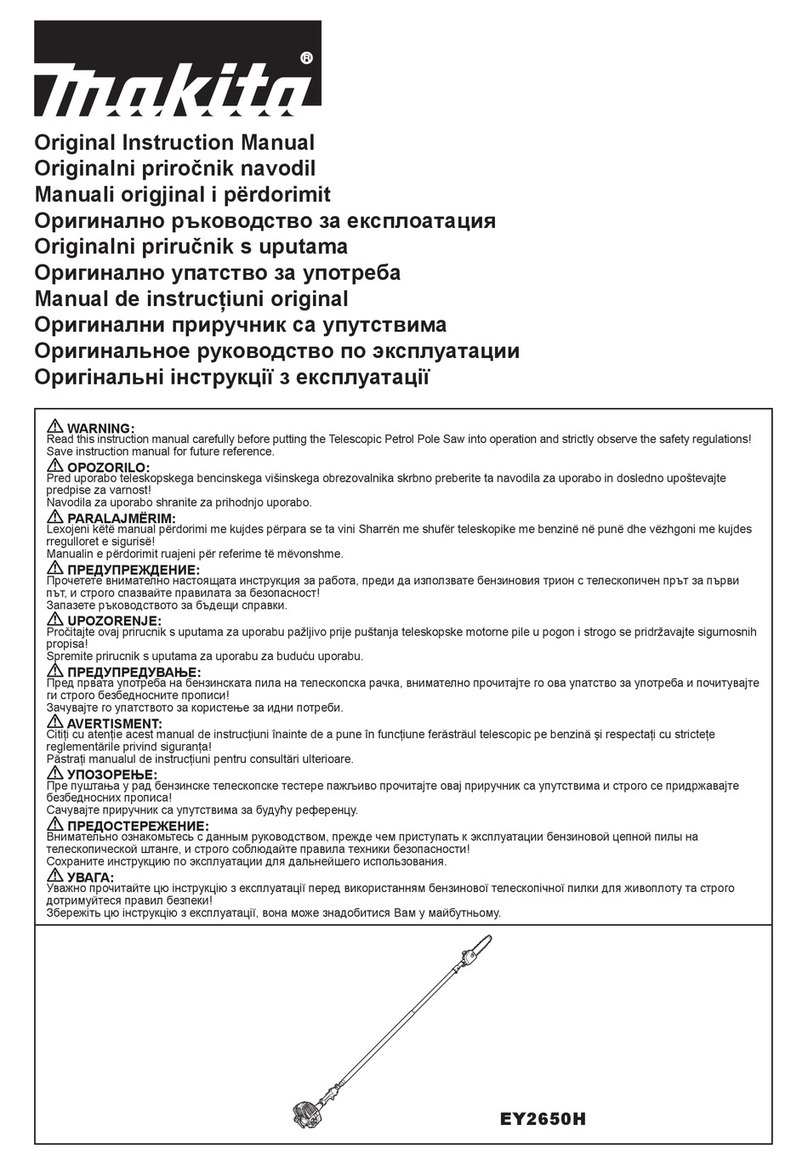
Makita
Makita EY2650H User guide
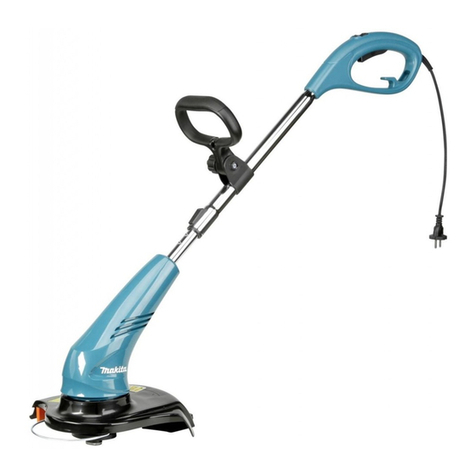
Makita
Makita UR3000 User manual
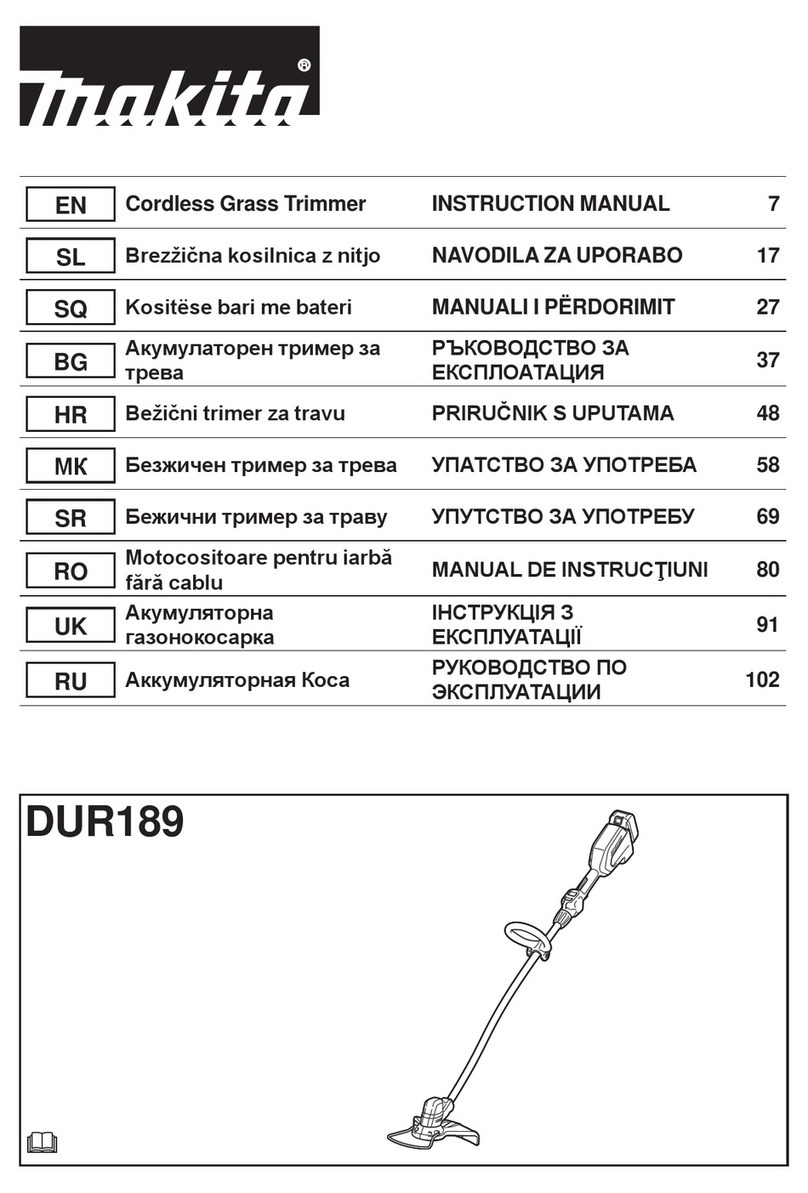
Makita
Makita DUR189 User manual

Makita
Makita 3709 User manual
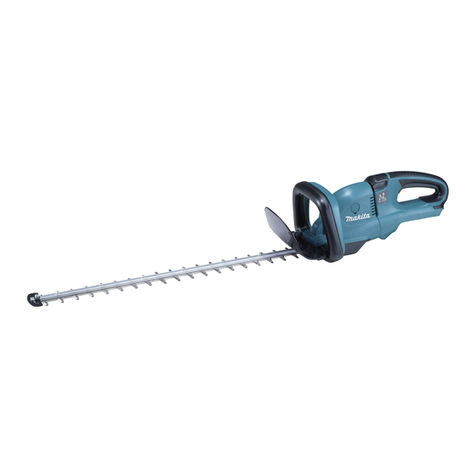
Makita
Makita BUH550 User manual

Makita
Makita MUH355 User manual
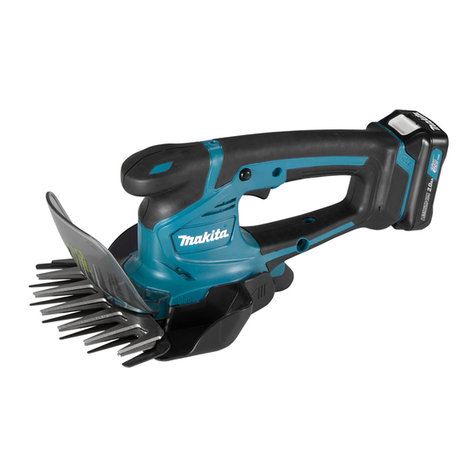
Makita
Makita UM600DWAE User manual
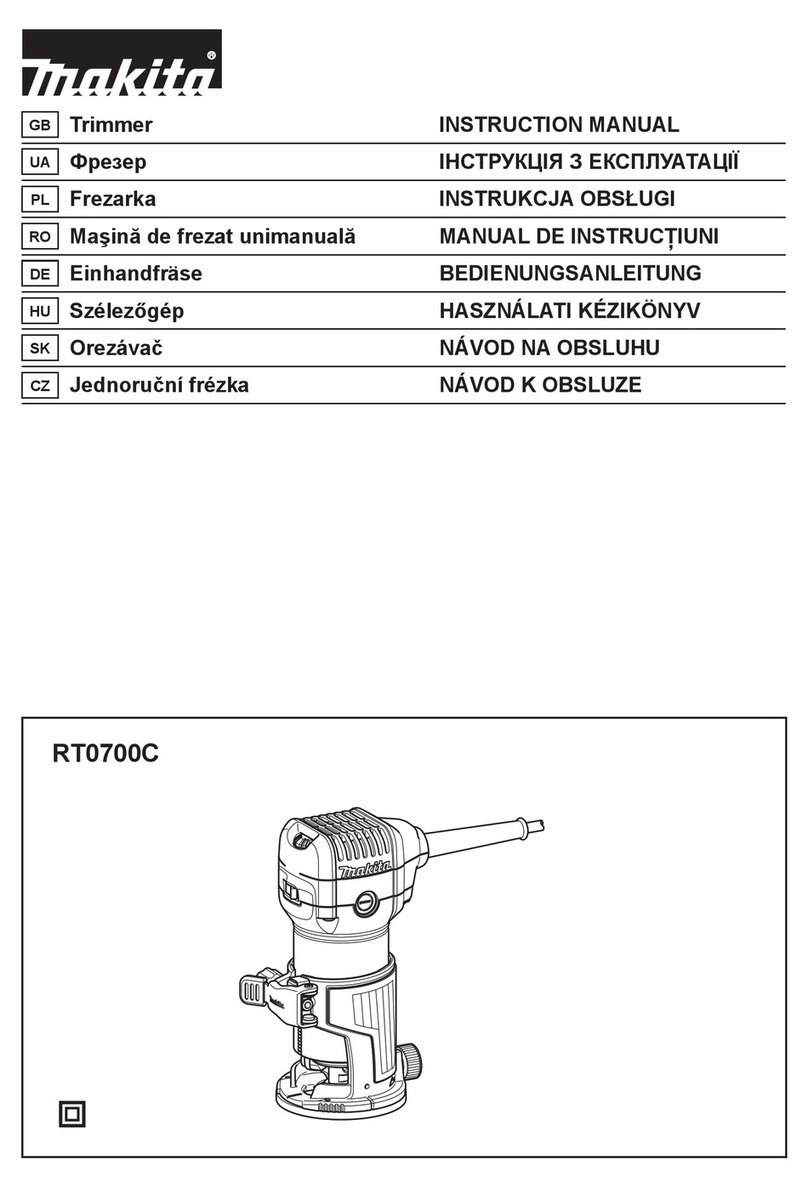
Makita
Makita RT0700C Setup guide

Makita
Makita UR101C User manual

Makita
Makita DRT50 User manual

Makita
Makita XHU02 User manual
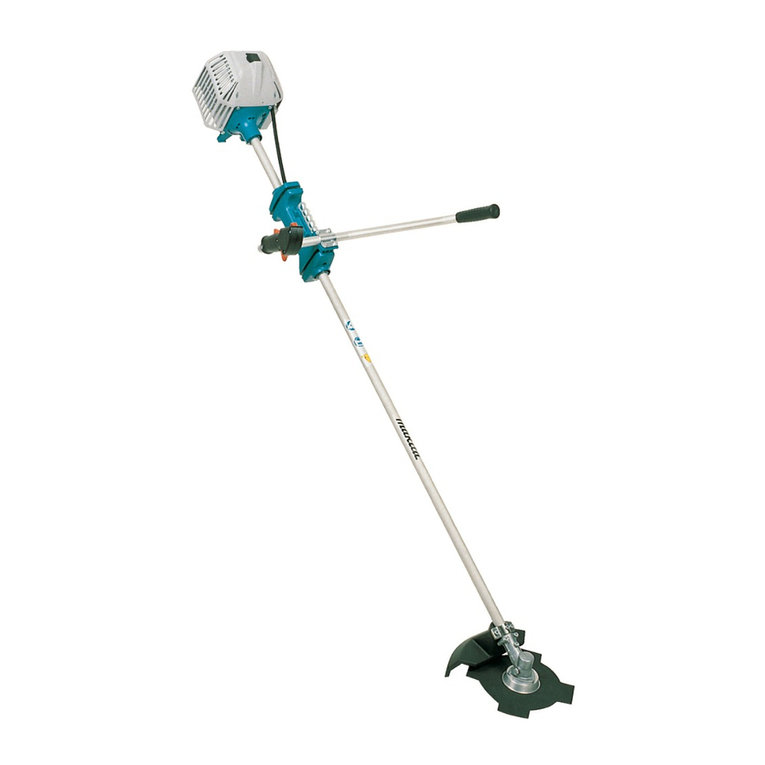
Makita
Makita DBC340 User manual
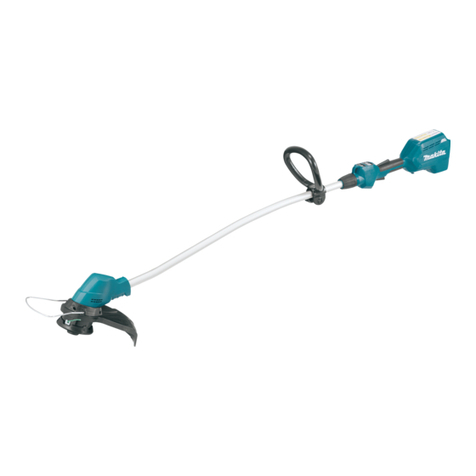
Makita
Makita XRU08 User manual

Makita
Makita UH4570 User manual

Makita
Makita DUR141 User manual
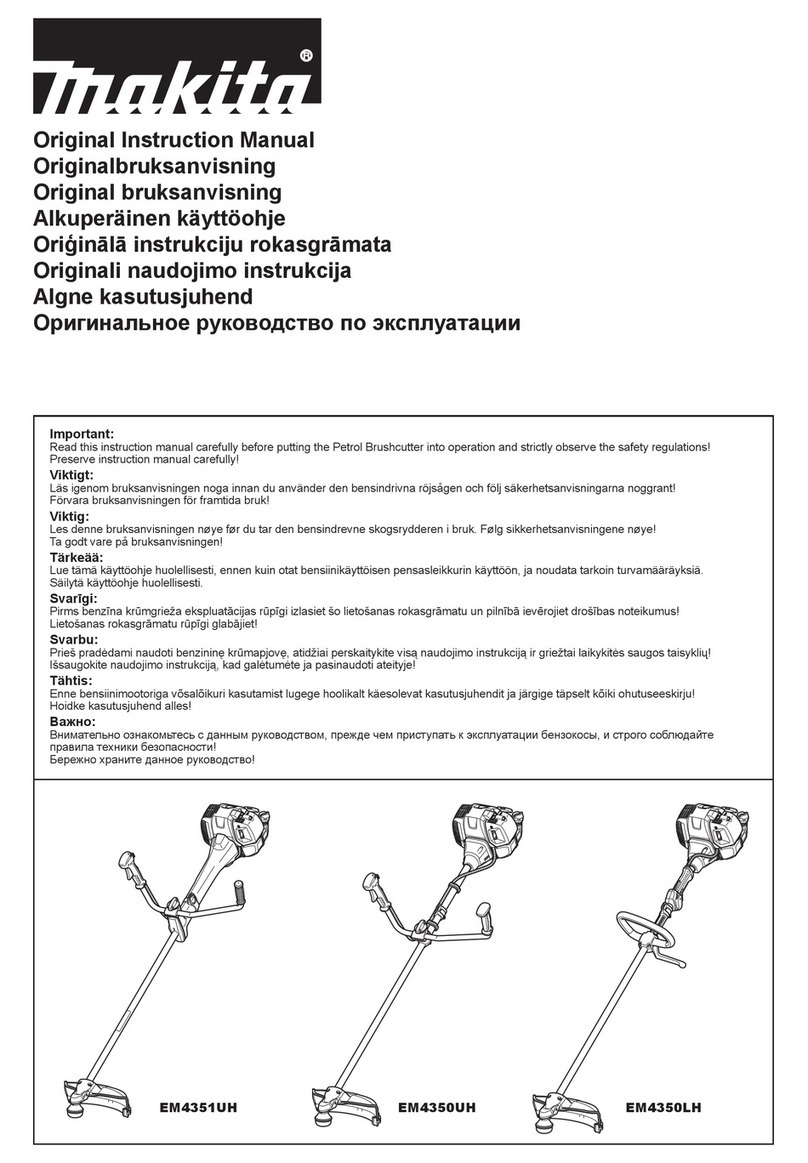
Makita
Makita EM4351UH User guide
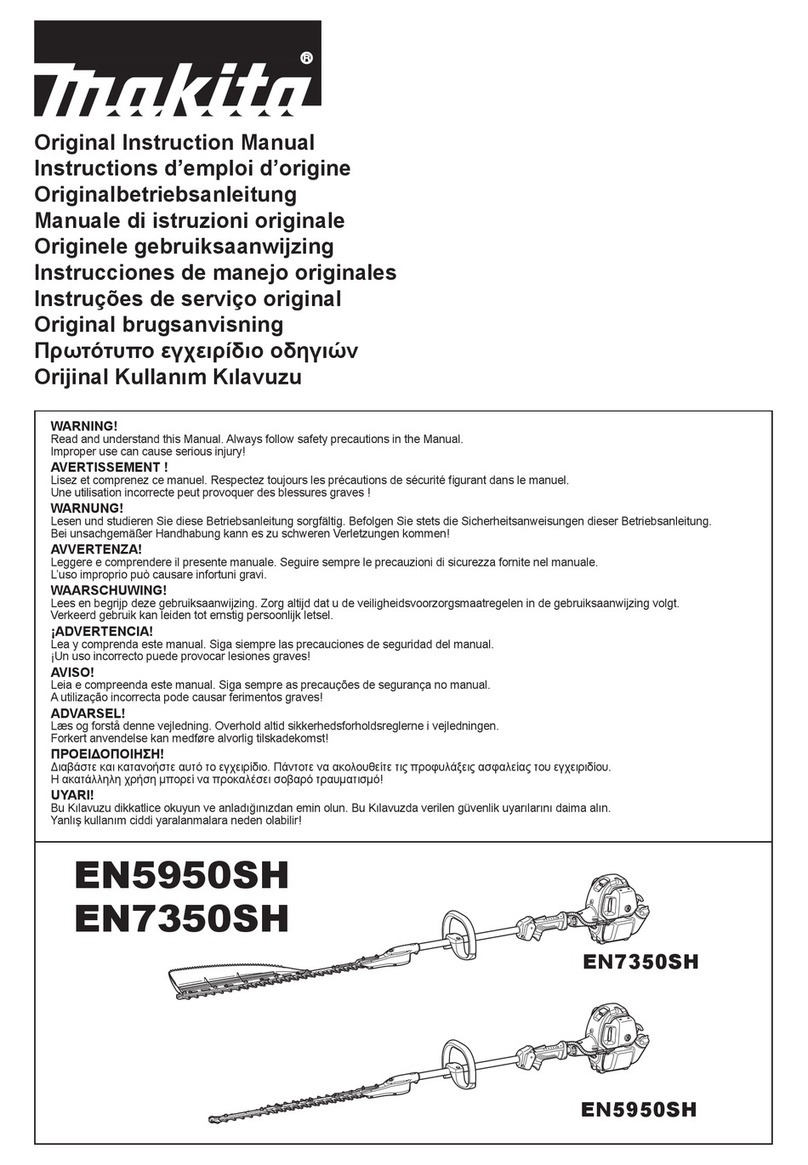
Makita
Makita EN5950SH User guide

Makita
Makita BBC231U User manual
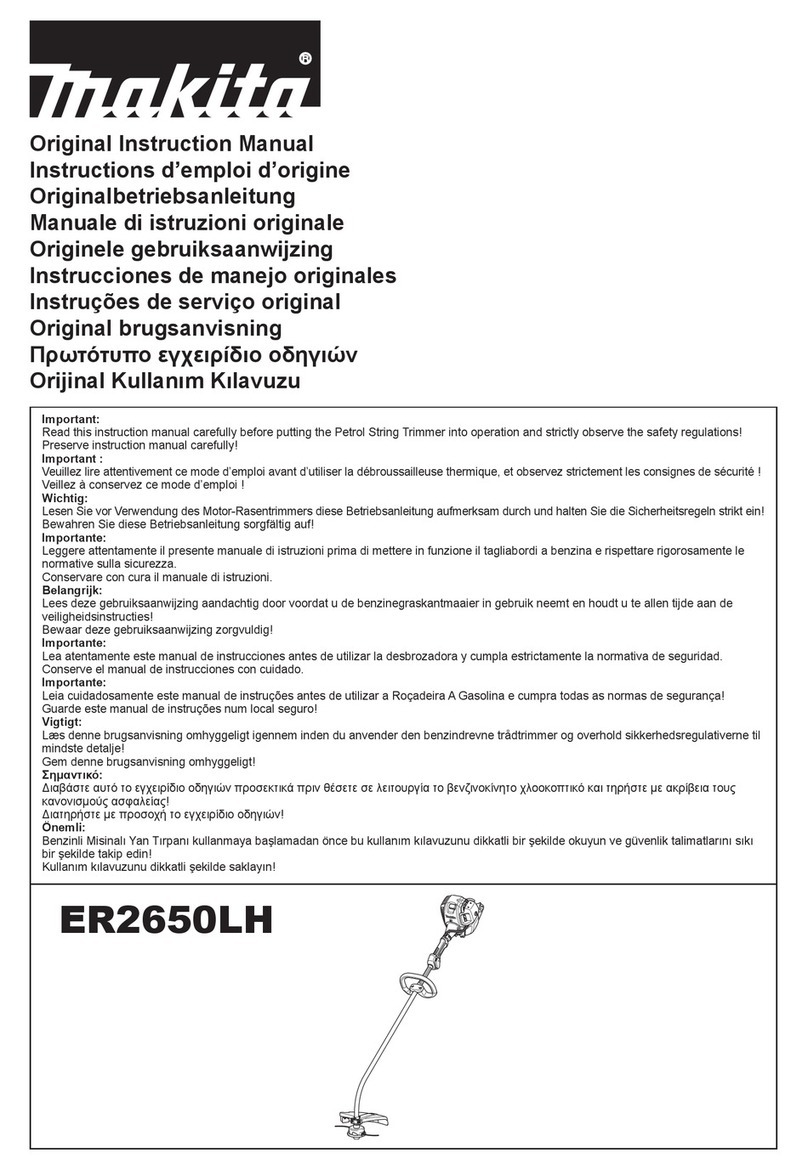
Makita
Makita ER2650LH User guide
